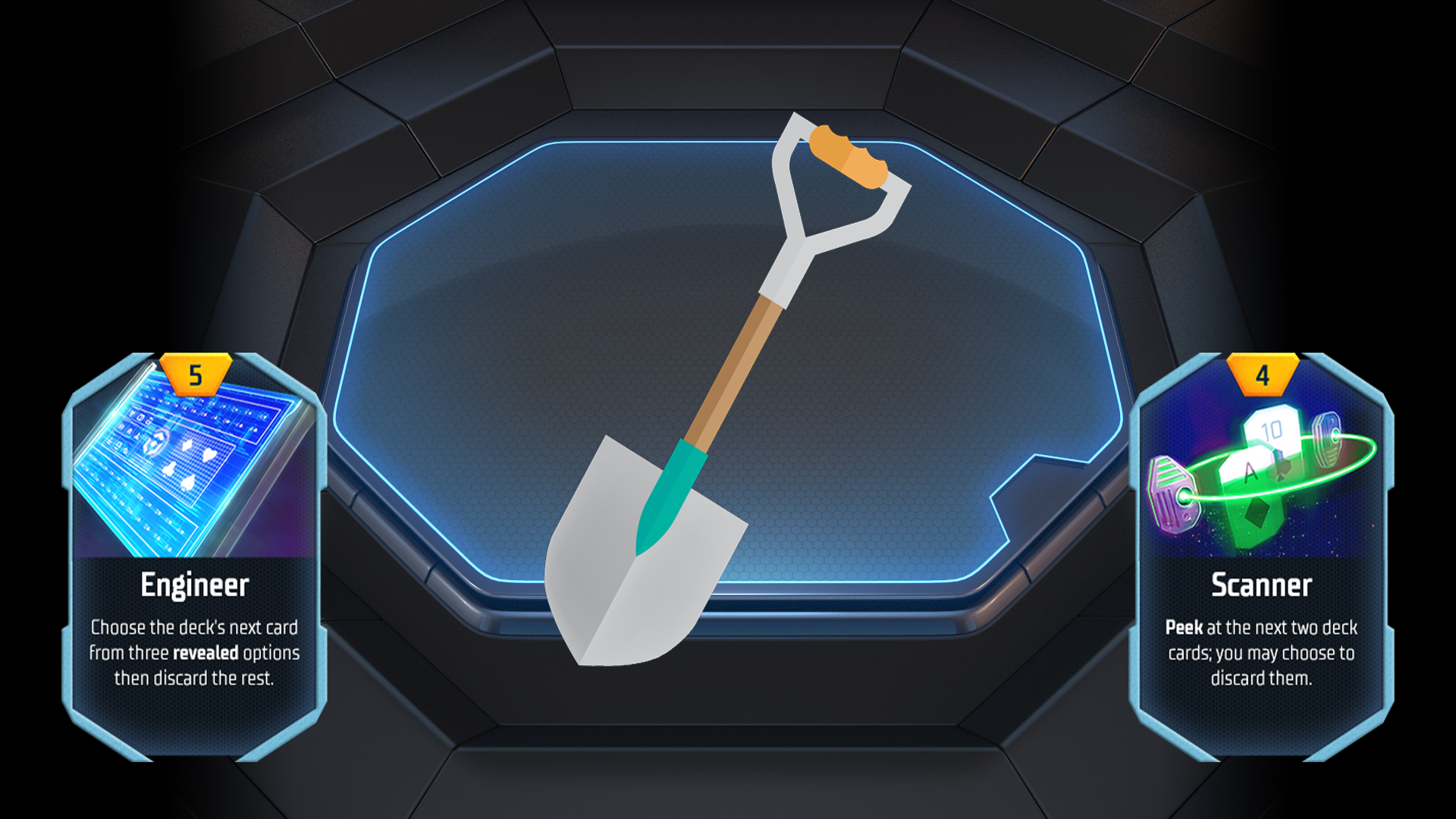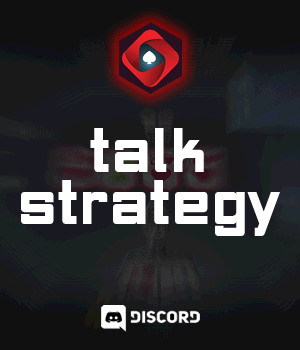As I promised last time, this article is going to be about starting to dig into the meta of Power Up. I’m still new to the game, and while I’m no longer up to date with the cutting edge of the Poker meta, I think my skills are up to the task to look at the evolving strategy of Power Up.
The first thing I want to look at is the ability to skew odds in your favour. With No Limit Hold’em, you are stuck with the cards that are always going to be dealt. Once the deck has been shuffled and the hole cards have been dealt, the cards are set in stone (not counting a dealer error of course!). With Power Up, you can change the cards that are going to be dealt to the middle of the table. It’s possible to do this because of the addition of the Power Cards. We’re going to have to look at the numbers to understand this, but I promise we won’t go number mad here at PlayPowerUp.com. In my opinion, in order to be a profitable player, you do need to understand at least the basics.
With the Scanner and Engineer Power Cards, you can change your odds when you are chasing straights, flushes or really any other draw. You can also mess with your opponent’s when they are chasing a draw when you have already hit your cards.
When you are chasing a flush draw, and you are able to play the Scanner card, you are able to see the next 2 cards in the deck. If those cards don’t help you, you can choose to throw them in the muck pile. While getting rid of 2 cards might seem like a small change, it is enough to make some situations profitable in the long term, where they wouldn’t be in standard No Limit Hold’em. Let’s have a quick look at the maths.
When the flop is dealt, we know the values of 5 of the 52 cards in the deck. Two in our hand, and three on the flop. We don’t know the values of the cards in out opponent’s hands, so we don’t count them.
If we have 4 cards to a flush (4 cards all the same suit) we are trying to find a 5th card of the same suit to make our hand. 9 of the remaining unknown 47 cards have the suit we want to see. 9 divided by 47 is roughly a 19% chance of one of these cards to be dealt on the turn and 19.6% to be dealt on the river. If we play the scanner card, and don’t get one of the cards we are looking for, we remove 2 of the unwanted cards from the deck. This changes our chances of getting the card we want, our odds go up to exactly 20% on the turn, and about 20.5% on the river.
This might sound like small changes, but over the long term, it really adds up. By using 1 power up card, we have skewed the odds in our favour by roughly 1% on both the turn AND the river. That’s not even taking into consideration the cards we dump may be the ones our opponents are hoping for, or our fold equity (making our opponent fold) if we bet our draws.
The Engineer card works by dealing 3 cards, and allowing us to pick one to be the next card dealt. Assuming our opponents don’t play a power card of their own and we’ve played Engineer on the flop, this gives us 3 chances to hit our flush card on the turn. That’s chance of just under 59% (9/47 + 9/46 + 9/45) compared to just over 19%. That’s a big change! Even if we miss with all 3 of the Engineer cards, the river still offers odds of just over 20%. We have just massively skewed the odds in our favour, and this is only one way to use these Power Cards. We can also use them to control what is going to be dealt next, reducing our opponent’s chances of getting the card they need, but I’ll talk about that more in another article.
Ok, enough with the maths. Let’s talk about how we use these cards to our advantage. Talking purely about when we’re chasing a flush, these 2 power cards offer us a massive edge, if we’re able to take advantage of it. That’s the big caveat to these numbers. While we can use power cards, so can our opponents. All we can do is take advantage of being dealt these power cards, and use them when it makes the most difference to us.
The meta may still be developing in Power Up, but just from some basic maths, we can gauge the strength of the Power Cards. I’m still trying to work out when is the best time to use these cards, and when I’m wasting my Energy and Power Cards. I think I’m getting nearer to a working meta, but I know I’m still making some big mistakes. It’s going to take a long time to override my long-established poker bias, but I’m getting there.
In the next article, I’ll have a look at how I’ve been playing these cards, and using them to protect my made hands. After all, changing odds works both ways!!











